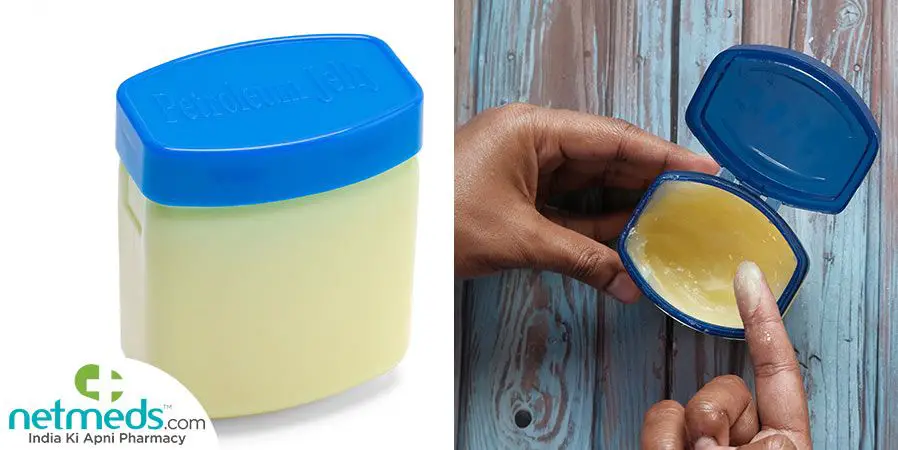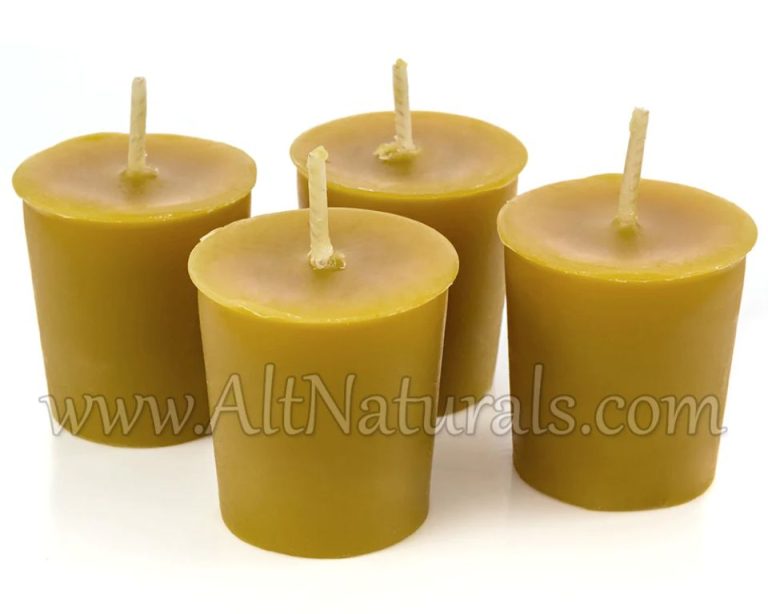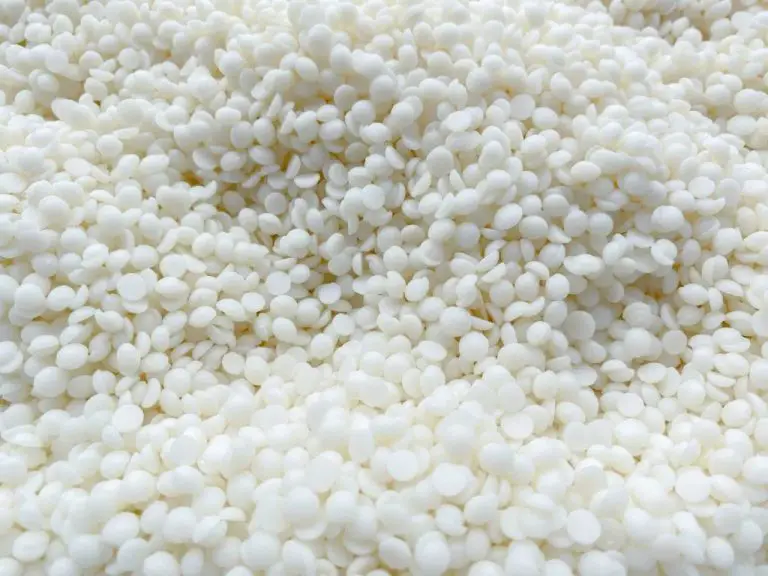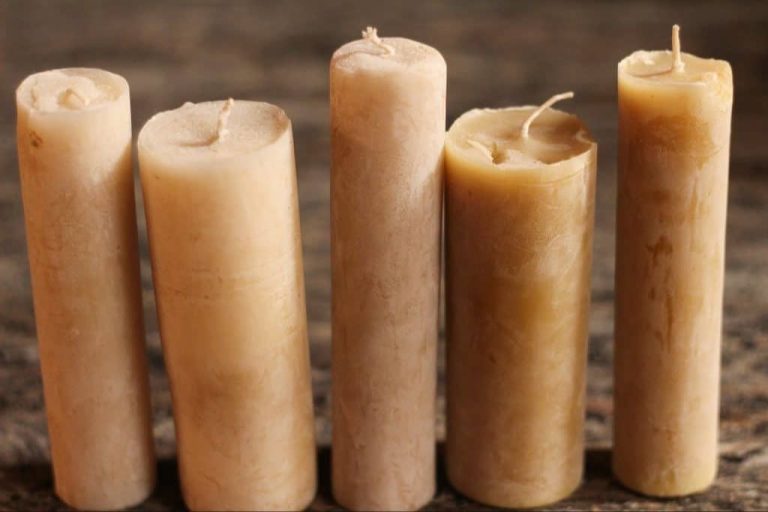Is Paraffin And Vaseline The Same?
Paraffin and Vaseline are two common household items that are often used for similar purposes like moisturizing skin. However, there has been some confusion around whether paraffin and Vaseline are actually the same thing or if there are differences between the two.
This article will examine the relationship between paraffin and Vaseline. We’ll look at the chemical composition of each, how they are made, their common uses, safety considerations, regulations, branding, pricing, and availability. By the end, you’ll understand if paraffin and Vaseline are the same thing or if there are notable differences between the two products.
Chemical Composition
Both Vaseline and paraffin contain a petroleum jelly base, but there are some differences in their chemical composition. According to the ThoughtCo source, petroleum jelly is a semi-solid mixture of hydrocarbons derived from petroleum. The main component is paraffin wax, which consists of saturated hydrocarbons with the formula CnH2n+2. Paraffin wax makes up around 30-50% of petroleum jelly.
The chemical formula for Vaseline petroleum jelly is generally C86H142, according to the Atamankimya source. This is a heavier mixture than pure paraffin wax. Paraffin wax tends to have lighter hydrocarbons in the C18-C36 range, while Vaseline contains a range of hydrocarbon chain lengths, including heavier molecules up to C50. Therefore, Vaseline has a more liquid consistency than pure paraffin due to the presence of lighter and heavier hydrocarbons.
In summary, both paraffin and Vaseline have a petroleum jelly base, but paraffin contains a higher percentage of solid paraffins in the C18-C36 range, giving it a more waxy texture. Vaseline contains a broader range of hydrocarbons, making it more liquid and oily.
Manufacturing Process
Paraffin and Vaseline are both derived from petroleum through distillation and purification, but the different manufacturing methods result in different textures.
Paraffin wax is created by refining and distilling crude oil. The lighter fractions are separated leaving behind the heavier waxes which are then further purified. The resulting paraffin wax is hard and brittle.
In contrast, Vaseline is made from the heaviest fractions, the residual oil left after initial distillation. This oil then goes through vacuum distillation followed by filtration through bone char to produce the softer, jelly-like substance known as petroleum jelly or Vaseline (https://paraffinwaxco.com/vaseline-raw-materials/).
The manufacturing process for Vaseline involves these key steps: vacuum distillation of residual oil, filtration through bone char, and the addition of antioxidants to increase shelf life. This produces the smooth, semi-solid texture of petroleum jelly that can be used in Vaseline branded products (https://avacaremedical.com/blog/how-is-petroleum-jelly-made.html).
So while both paraffin wax and Vaseline originate from crude oil, the different refinement processes result in products with distinct physical properties that make them suitable for different applications.
Uses
Paraffin and Vaseline have some overlapping uses, but also some distinct differences based on their physical properties. Paraffin wax is solid at room temperature, while Vaseline is a semi-solid gel. This makes paraffin well-suited for making candles, while Vaseline is commonly used as a moisturizer and protector for skin.
Paraffin wax is a main ingredient in candle making. Its high melting point makes it ideal for shaping candles that retain their form as the wax melts. Paraffin’s texture also allows candles to burn slowly and evenly. In candle making, dyes and scents are often added to paraffin wax before pouring into molds.
In contrast, Vaseline is widely used for skincare purposes. Its petroleum jelly base keeps skin moisturized by creating a protective barrier that locks in moisture. Vaseline is commonly applied to dry areas like hands, feet, elbows, and lips. It also has anti-inflammatory properties that can help soothe minor skin irritations. Unlike paraffin, Vaseline melts immediately upon skin contact due to body heat.
While paraffin and Vaseline share a petroleum base, their different physical properties make them suitable for different uses. Paraffin’s hardness is ideal for stable candle shapes, while Vaseline’s softer gel texture allows it to penetrate and protect skin.
Safety
When comparing the safety profiles of paraffin and petroleum jelly (Vaseline), there are a few key differences to note. Paraffin is more flammable than petroleum jelly. Paraffin has a very low flash point, meaning it can ignite easily at temperatures as low as 37°C (99°F). This makes it hazardous if overheated or exposed to an open flame. In contrast, petroleum jelly has a much higher flash point above 200°C (392°F), making it less flammable in most scenarios. Patient safety: Paraffin-based products | British Dental Journal | Nature Research.
Regarding toxicity, paraffin can release toxic fumes when overheated, as it contains hydrocarbons that can decompose. There are concerns that petroleum jelly may also contain trace impurities like polycyclic aromatic hydrocarbons (PAHs) that could be carcinogenic or toxic if absorbed through the skin over time. However, research shows purified grades of petroleum jelly comply with purity standards and are considered safe for topical use. Petroleum Jelly: Uses, Benefits, Dangers, and More.
Overall, while both paraffin and petroleum jelly are derived from petroleum, paraffin carries higher flammability risks. Fully refined grades of petroleum jelly like Vaseline meet regulatory standards for low toxicity when used externally, while paraffin requires caution to avoid overheating and hazardous decomposition.
Regulations
Both paraffin wax and petroleum jelly (Vaseline) are considered safe for use in food, drugs, and cosmetics in the United States when meeting certain purity standards. The FDA regulates the use of paraffin wax under 21 CFR § 175.250, stating it must meet specifications for synthetic paraffin and be of a food grade material.
Similarly, petroleum jelly is regulated by the FDA under 21 CFR § 172.886 and must meet standards for composition and purity. There are no specific labeling requirements that distinguish between paraffin wax and petroleum jelly/Vaseline under these regulations when used in approved applications.
The main difference in labeling would be in branding – Vaseline is a specific brand name of petroleum jelly owned by Unilever, while paraffin wax is a more generic ingredient term. From a regulatory standpoint, both can be used safely in cosmetics and toiletries when meeting purity standards.
Branding
Vaseline is a brand name for petroleum jelly, while paraffin is a more generic term. Vaseline is owned by Unilever and was first introduced in 1870. It is marketed as a moisturizing skin product. Paraffin, on the other hand, refers more broadly to various formulations of purified mixtures of saturated hydrocarbons derived from petroleum. Though Vaseline brand petroleum jelly and paraffin wax products serve similar functions as moisturizers and lubricants, Vaseline is a name brand associated with quality, purity and safety. Some key differences in branding:
- Vaseline is trademarked and sold internationally, while paraffin is a generic ingredient term.
- Vaseline advertises their petroleum jelly as triple-purified with a healing, skin-nourishing formula, while paraffin products do not have a unified brand identity.
- Vaseline touts the purity of their product and association with skin health, while paraffin wax can sometimes have negative associations as an industrial product.
So in summary, Vaseline branding focuses on moisturizing ability and skin benefits, while paraffin is a more technical term referring to the chemical composition rather than consumer branding.
Pricing
When comparing the pricing between generic paraffin and name brand Vaseline, there are some key differences. Generic paraffin tends to be significantly cheaper per ounce than Vaseline. For example, a 30 oz tub of generic white petroleum jelly may cost around $5-8, while a 10 oz tub of Vaseline usually costs $5-10. So per ounce, the generic paraffin is roughly half the price or less than Vaseline.
There are a few reasons for this price discrepancy. First, Vaseline has much stronger brand recognition and loyalty, which allows them to charge a premium. Second, Vaseline invests heavily in advertising and marketing to promote their brand, while generic paraffin does not. Finally, Vaseline says their formula uses triple-purified petroleum jelly, while generic paraffin may not be purified to the same extent.
When purchasing in bulk for manufacturing or business use, the price difference becomes even more significant. A 450 lb drum of industrial paraffin may cost around $1000, while an equivalent amount of Vaseline would be over $4000. So businesses can realize major cost savings by opting for generic paraffin in bulk.
For consumers purchasing small quantities, Vaseline is priced competitively with premium skin care brands. But for larger quantities, plain paraffin offers an enormous discount of 50-75% or more per ounce compared to the Vaseline brand.[1]
[1] https://www.alibaba.com/showroom/petroleum-jelly-white-soft-paraffin.html
Availability
Paraffin wax and Vaseline petroleum jelly are readily available at many common retailers. Here is where you can typically find each product for purchase:
Paraffin Wax:
- Online marketplaces like Amazon and ebay
- Arts and crafts stores like Michael’s and Hobby Lobby
- Candle making supply stores
Vaseline Petroleum Jelly:

- Pharmacies like CVS, Walgreens, and Rite Aid
- Grocery stores and supermarkets
- Big box stores like Target and Walmart
- Online retailers like Amazon
Paraffin wax tends to be most commonly found in specialty stores focused on arts, crafts, and candle making supplies. Vaseline petroleum jelly is more ubiquitous and can be readily purchased at pharmacies, grocery stores, and large retailers. Both products are also available online through marketplaces like Amazon.
Conclusion
In conclusion, while Vaseline and paraffin wax share some similar properties and uses, they are derived from different source materials and manufactured through different processes. Paraffin wax is derived from petroleum, while Vaseline is a brand name for a petroleum jelly made from a specific refining process. Both are composed primarily of hydrocarbons and can be used for moisturizing skin, though Vaseline tends to be more versatile for medicinal and cosmetic applications. Paraffin wax sees wider use for candle-making, art, and industrial applications. While they share an ability to help seal in moisture, Vaseline is more stable and melts at a lower temperature than paraffin wax. Both can be useful ingredients, but Vaseline’s purification process allows it to be safely applied topically. With an understanding of their unique origins and chemical properties, consumers can determine which product better suits their needs.






